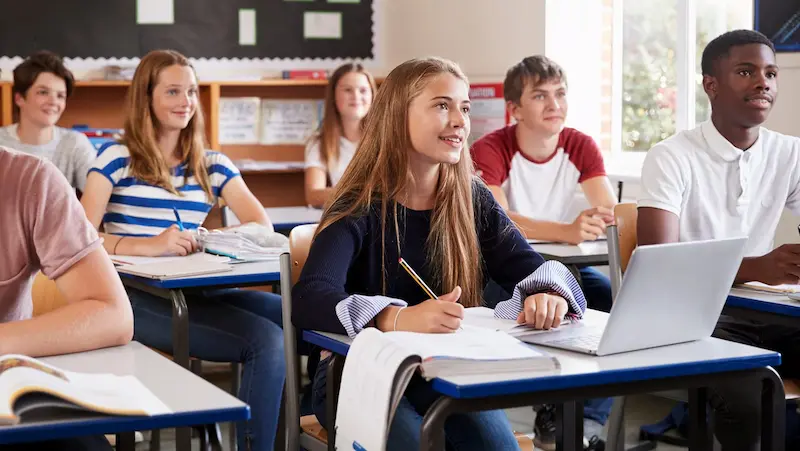The Future of Adult Education in 2024: A Comprehensive Outlook
Adult education in 2024 is transforming rapidly, driven by technological advancements, changing workforce demands, and a heightened focus on lifelong learning. In this modern landscape, adult learners are no longer confined to traditional classroom settings. Instead, they benefit from a plethora of flexible, innovative, and highly customized learning opportunities that cater to their individual needs.

The Evolving Landscape of Adult Education
Lifelong Learning: A Necessity, Not a Choice
In 2024, lifelong learning has moved from being an aspirational goal to a pragmatic necessity. Rapid technological changes, particularly in artificial intelligence (AI), automation, and digital tools, are disrupting industries across the board. For adult learners, staying relevant in this dynamic workforce requires constant upskilling and reskilling.
Adult education now extends far beyond vocational training. It includes personal development, cognitive expansion, and the cultivation of soft skills like emotional intelligence and adaptability. This comprehensive approach ensures that adult learners not only … Read more



 The function of adult educators is complex and intently related to the objectives and functions of adult training. The actions are mostly meant for volunteers and active members within the organisations. The training takes place within the form of programs, lectures, seminars and examine golf equipment, which facilitate peer studying. Instructing mainly takes place in the evenings or during weekends, typically at services owned by the organisation. About 30 colleges and administrative buildings can even be affected by strike action launched by the native branch of the OSSTF. Together with highschool teachers and substitutes, OSSTF additionally represents custodial and upkeep employees, instructional assistants, early childhood educators, grownup schooling staff and professional help workers.
The function of adult educators is complex and intently related to the objectives and functions of adult training. The actions are mostly meant for volunteers and active members within the organisations. The training takes place within the form of programs, lectures, seminars and examine golf equipment, which facilitate peer studying. Instructing mainly takes place in the evenings or during weekends, typically at services owned by the organisation. About 30 colleges and administrative buildings can even be affected by strike action launched by the native branch of the OSSTF. Together with highschool teachers and substitutes, OSSTF additionally represents custodial and upkeep employees, instructional assistants, early childhood educators, grownup schooling staff and professional help workers.